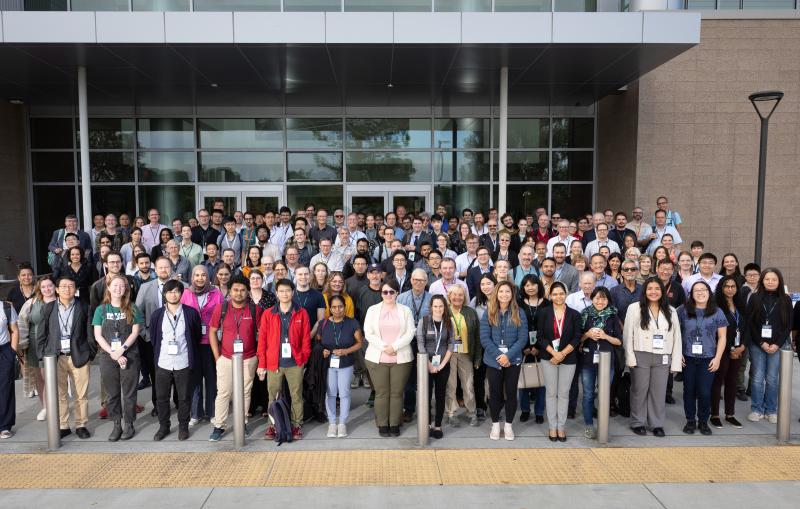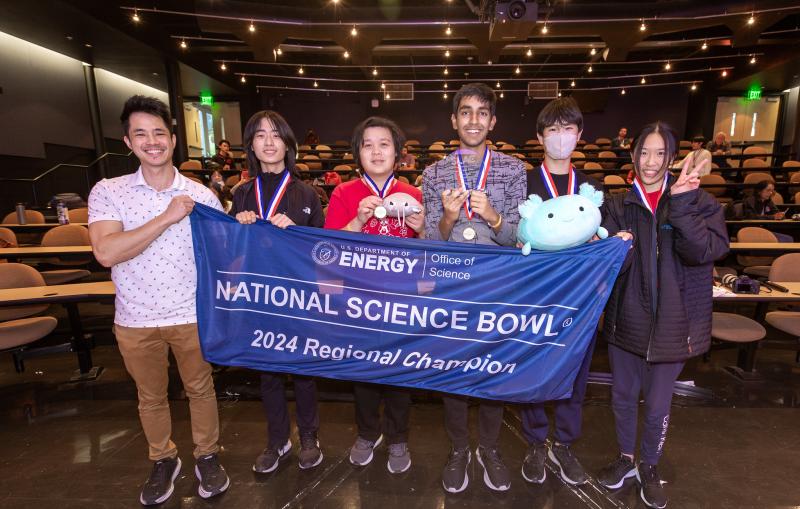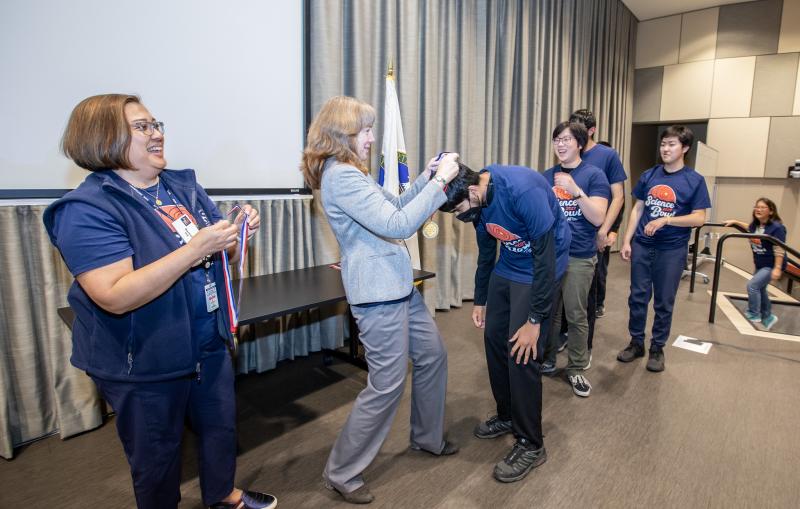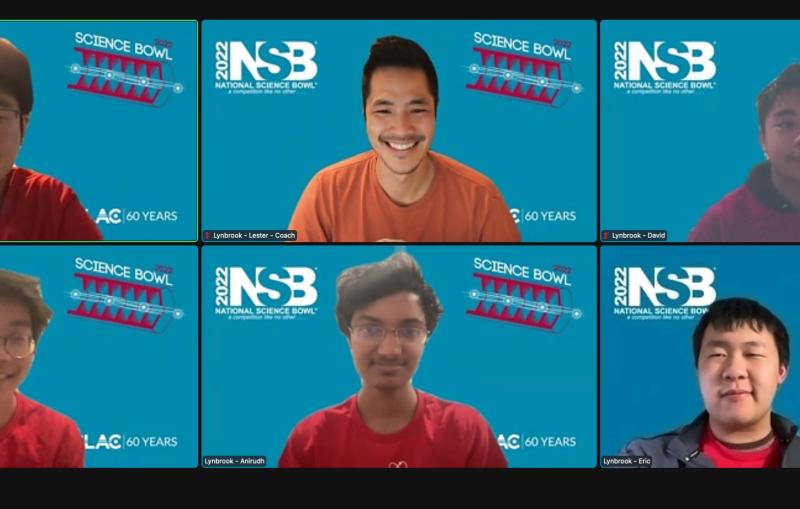SLAC’s Keith O. Hodgson wins 2024 Farrel W. Lytle Award
For nearly 50 years, Hodgson has illuminated the synchrotron radiation community through his pioneering research, innovations, leadership, advocacy and mentorship at the Stanford Synchrotron Radiation Lightsource.
By Carol Tseng
When Keith Hodgson first arrived at Stanford University in the fall of 1973, he did not know much about synchrotron radiation or X-ray absorption techniques. A research seminar that school year on potential applications of synchrotron radiation, including a method called X-ray absorption spectroscopy (XAS), however, ultimately led him to make major contributions to X-ray science that have been felt at the Stanford Synchrotron Radiation Lightsource (SSRL) and around the world.
Now, in recognition of those contributions, Hodgson, a professor of photon science at the Department of Energy’s SLAC National Accelerator Laboratory and the David Mulvane Ehrsam and Edward Curtis Franklin Professor of Chemistry at Stanford University, has received the 2024 Farrel W. Lytle Award.
Established in 1998 by the SSRL Users’ Organization Executive Committee, the annual award recognizes dedicated SSRL staff and users around the world. The award was announced at the annual SSRL/LCLS Users’ Meeting during the plenary session on Wednesday, September 27. “I was deeply honored to receive it,” said Hodgson.
“Keith is a top-tier researcher with a nearly unmatched legacy of elegant and impactful research,” wrote Graham George, Canada Research Chair in X-ray absorption spectroscopy at the University of Saskatchewan, in a nomination letter. George noted that Hodgson helped pioneer both the use of synchrotron radiation for X-ray crystallography, a method for studying the structure of molecules, and the use of XAS for studying a group of biologically important molecules called metalloproteins, among other contributions.
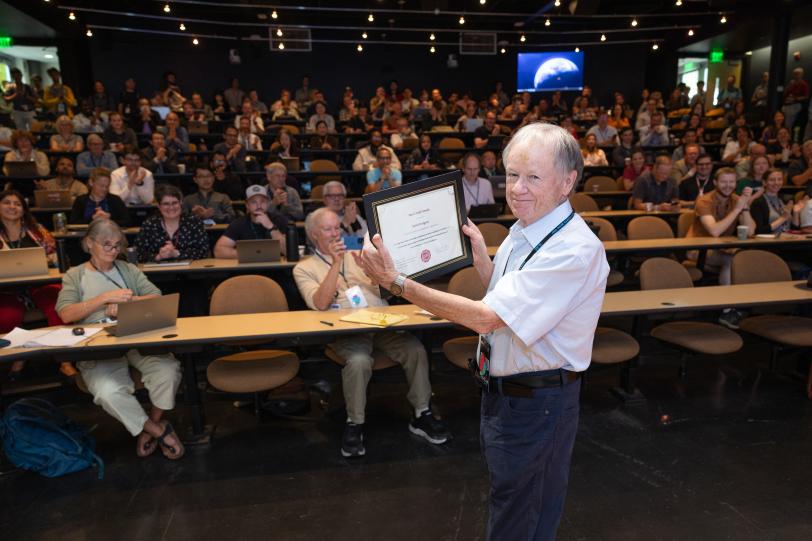
The award has particular significance for Hodgson, who was a colleague of Lytle’s. He credits Lytle, Dale Sayers and Edward Stern for their contributing roles in building the first instrument to make synchrotron radiation-based X-ray measurements at the Stanford Synchrotron Radiation Project (SSRP), SSRL’s predecessor, in the early 1970s and advancing methodologies for data analysis. “The name Lytle has deep meaning,” Hodgson said. “Our own work was enabled by their innovative accomplishments, and I had the privilege of working with them.”
Shining synchrotron light on metalloproteins and the nitrogen cycle
Hodgson’s first exposure to synchrotron X-ray techniques came during that first year at Stanford, when a notice led him to the research seminar on synchrotron science. Conversations with Sebastian Doniach, director of SSRP, and Lytle himself followed. Hodgson was particularly interested in using a type of X-ray absorption spectroscopy, extended X-ray absorption fine structure (EXAFS) spectroscopy, to study the site of chemical reactions in biological molecules – something that had not yet been done.
One of Hodgson’s seminal contributions was using those methods to study metalloproteins, or proteins that contain metals such as iron or molybdenum in their active sites, key spots where the protein interacts with other molecules. “Metals are very important in biology in several ways,” said Hodgson. “Metalloproteins are central to catalyzing a wide range of chemical reactions essential in biology, energy and environmental systems.”
One example is the nitrogen cycle, through which nature takes nitrogen gas from the atmosphere and converts it into ammonia, an essential molecule for plant growth. While industrial processes can synthesize ammonia, nature can do so at much lower temperatures and pressures – meaning industry could have something to learn from nature. “If you understand the natural system, you can potentially make a better synthetic model. Then, you can inform synthetic approaches that hopefully will be used for improving our energy sustainability,” said Hodgson.
Through XAS studies, Hodgson and colleagues were able to observe the structure of the metal ion active site of nitrogenase, a metalloprotein that helps convert nitrogen gas to ammonia. “What’s exciting is it set the stage for others to use XAS to study a variety of problems where structure enables certain functions,” said Hodgson. These techniques opened the door for studying the biological and environmental impact of heavy metals and other poisonous materials. Later, researchers would use XAS and related techniques to study in situ chemistry in an enormous range of systems, impacting almost every field of science.
In a nomination letter, Roger Kornberg, winner of the 2006 Nobel Prize in chemistry and a professor of structural biology at Stanford, wrote that Hodgson’s “groundbreaking work has elucidated the intricate structures and functions of complex biological molecules, significantly advancing our understanding of metalloproteins. These contributions have had far-reaching implications, enhancing both fundamental biological science and practical applications in medicine and biotechnology.”
Championing synchrotron science and mentoring future generations
In addition to his scientific leadership, Hodgson has advocated for efforts in building the synchrotron radiation community and facilities worldwide for use across physical inorganic chemistry, biophysics and structural biology. To that end, he served on a variety of panels, task forces and committees for the U.S. National Academy of Sciences, the DOE, National Institutes of Health and others. At SLAC, he served as SSRL director from 1998 to 2005, deputy director from 2005 to 2007 and associate laboratory director for photon science from 2007 to 2011. Currently, he is co-leading the structural biology program at SSRL. During his tenure as SSRL director, SSRL’s accelerator underwent a major renewal, while the number of beamlines and highly regarded user support program continued to grow.
Kornberg noted in his letter that Hodgson’s support in securing extra beamtime for his work on RNA polymerase II “allowed us to make rapid progress and solve the problem, leading to the Nobel Prize in chemistry.”
Hodgson also reached beyond the immediate synchrotron community to promote “broader public understanding and appreciation of scientific endeavors,” where his outreach efforts have brought “the wonders of synchrotron science to a wider audience, fostering a culture of curiosity and innovation,” added Kornberg.
Over his tenure, Hodgson has mentored and trained countless budding researchers. “Many students and postdoctoral researchers have thrived under his guidance, going on to make significant contributions to science in their own right,” wrote Kornberg. “His ability to inspire and cultivate young talent is a testament to his enduring impact on the scientific community.”
Of his students and postdocs, Hodgson said, “It was a treasure to work with them. In the end, the thing I can be most proud of are the people who trained and did research at our laboratory and then went into quite successful scientific careers in industry and national labs, including at SLAC.”
With the field today touching on so many areas of science and technology, from accelerating the discovery of new therapeutics to developing sustainable solutions for energy and environmental challenges, it’s an exciting time for synchrotron research, Hodgson said. “I believe that there is a very bright future for these X-ray techniques enabled by synchrotron radiation.”
SSRL is a DOE Office of Science user facility.
For questions or comments, contact SLAC Strategic Communications & External Affairs at communications@slac.stanford.edu.
About SLAC
SLAC National Accelerator Laboratory explores how the universe works at the biggest, smallest and fastest scales and invents powerful tools used by researchers around the globe. As world leaders in ultrafast science and bold explorers of the physics of the universe, we forge new ground in understanding our origins and building a healthier and more sustainable future. Our discovery and innovation help develop new materials and chemical processes and open unprecedented views of the cosmos and life’s most delicate machinery. Building on more than 60 years of visionary research, we help shape the future by advancing areas such as quantum technology, scientific computing and the development of next-generation accelerators.
SLAC is operated by Stanford University for the U.S. Department of Energy’s Office of Science. The Office of Science is the single largest supporter of basic research in the physical sciences in the United States and is working to address some of the most pressing challenges of our time.



